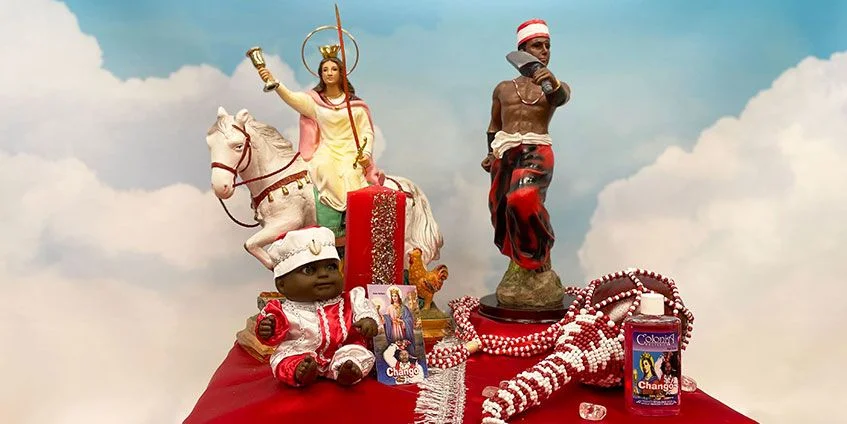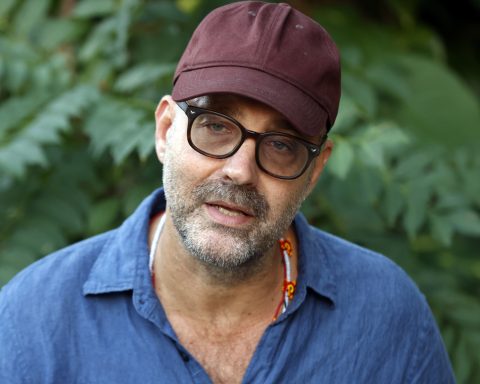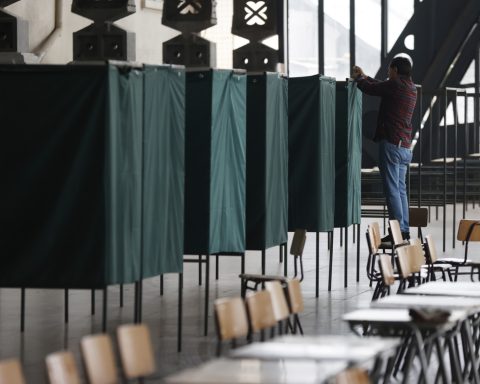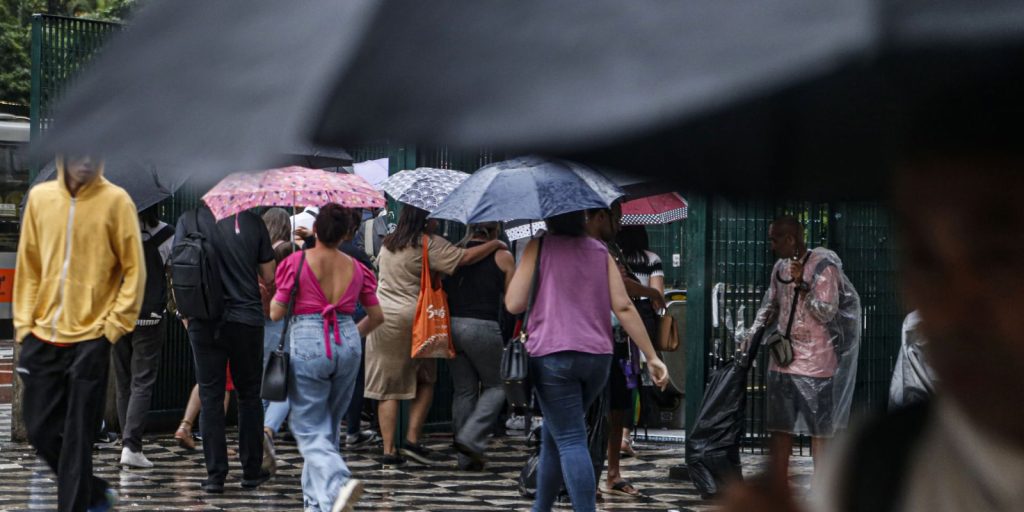SANTA CLARA, Cuba. – Just as happens with Caridad del Cobre or San Lázaro, syncretized in Oshún and Babalú Ayé, respectively, Santa Bárbara is identified in the Yoruba pantheon with Changó, one of the most respected orishas of the Regla de Ocha. Every December 4, both Santeria practitioners and Catholic devotees usually dress in red and white and light candles to representations of their respective icons, which many venerate as if they were the same deity.
However, several researchers summarize the religious syncretism between both divinities as a kind of counterpoint: “She is a maiden, virgin and martyr; He is an orisha, a violent man, a dancer and a womanizer,” says the book. Santa Bárbara Changó, by three authors among whom is the deceased anthropologist Natalia Bolivar. “When you go to a church in Cuba on December 4, half of those there are worshiping Changó,” assured on another occasion Bolívar herself, making it clear that Changó is respected by “believers and non-believers, and also communists and Catholics, just in case.”
Although these are, in effect, two completely opposing characters, for centuries the Cuban has identified them as one, a cult derived from the attempt of the enslaved Africans in Cuba to safeguard their faith, which they fused with the Catholic saints and accommodated. to the images and amulets that their Spanish masters venerated. The analogy between the saints and the Yorubas was, in turn, a defense mechanism that would lead to the formation of councils and religious and festive manifestations of cultural resistance. One of the best-known temple houses in Cuba is the Santa Bárbara Society in Palmira, which every December 4th carries out a massive procession to accompany the tour of the statue of the saint through the town, although this tradition also includes ceremonial elements dedicated to the saint. orisha Changó.
The truth is that the syncretism between the Saint and the “King of the Ocha” seems to be one of the most deeply rooted among the Cuban people. “In the church she is worshiped as Saint Barbara. In the house of a santero, that same saint is hidden inside his stone, in a cedar tray, painted red and white,” noted the well-known ethnologist. Lydia Cabrera. In his masterpiece The MountCabrera states: “The Saint Barbara that is worshiped in the church is Changó dressed as a woman.”

While Santa Bárbara is represented with a sword, a cup and a castle, Changó is also related to these elements and others that give an idea of strength, bustle and virility, such as the petaloid axe, maracas and horses. In both religions they are considered patron saints of artillerymen. Among the patakíes attributed to Changó, the story is told of when he had to disguise himself as a woman to flee from Oggún, the orisha of war, dressed in a red cape as the Catholic martyr wears in the images.
Despite the existence of santeros who deny syncretism, a good part of Santeria practitioners choose this day of the calendar to “give food” to Changó, dedicate altars and feasts to him or cleanse themselves with herbs, fruits and animals that, according to The legends belong to the also named Alafín (King) of Oyó. He is usually entertained with bunches of banana and is given both the virtues of a healer and the defects of a libertine, sexist and choleric.
If Changó is considered the “god of lightning,” the saint is also linked to this type of phenomenon, hence the popular saying “you only remember Santa Bárbara when it thunders.” Many Cubans who believe in the implacable power of the orisha attribute natural disasters, fires and accidents such as those that have occurred on the Island in recent years to him because they are precisely related to fire or electrical storms.
Changó represents not only beauty; He is also the owner of the drum and friend of endless revelry. In the history of Cuban music itself there are extremely popular songs that have been dedicated to them, such as Long live Changópopularized by Celina Gonzalezand the Mister, Don’t Touch the Bananaof Willy Chirino.
















